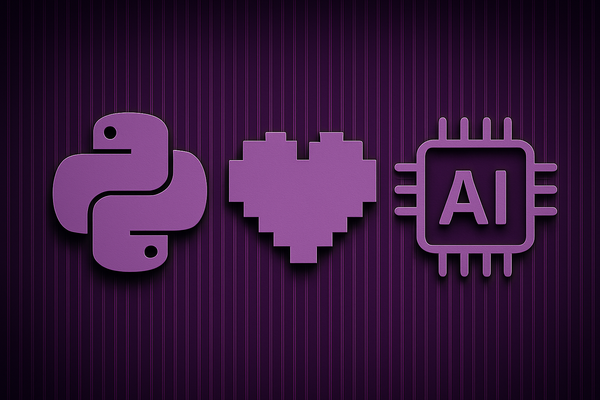🧠 LangOps and the Future of Localisation

After many years in localisation, I’ve come to believe that the future isn’t just about translating content — it’s about treating language as a core system, not a bolt‑on. That’s what LangOps is all about.
🌍 So what is LangOps?
LangOps (short for Language Operations) is a mindset and a workflow philosophy. It’s about building flexible, AI‑assisted, human‑centred systems that scale across languages and content types — without locking yourself into one provider, platform, or process.
The principles? Think like this:
- Understand every user, in every language.
- Connect language into every touchpoint — docs, UIs, support flows, even logs.
- Go AI‑first where it makes sense, but keep humans in the loop.
- Make quality measurable, not magical.
- Stay tech‑agnostic — don’t fall into the vendor trap.
- Work in real time — not in “quarterly batch”.
- Build shared understanding across localisation, engineering, and data teams.
- Design workflows for change, not just scale.
- Be transparent: with your data, your metadata, and your process.
- Stay curious — the tech’s moving fast, and so should we.
Language is infrastructure. It deserves the same care as code.
💡 Why this matters (to me, at least)
- Text is everywhere: support tickets, error messages, product metadata. If it’s text, it probably needs localising.
- AI is a great assistant — not a replacement. It gives speed ⚡️ but needs human sanity checks.
- We need to shift left: language should be part of the design and dev process, not an afterthought.
- Lock-in is a risk: if your tools or workflows can’t adapt, your global growth will stall.
- Great tooling = happy teams. With open formats and modular pipelines, we can build workflows that respect both tech and humans.
🛠️ My take on AI in localisation
- Use AI smartly: drafts, suggestions, tagging — not blind automation.
- Monitor quality: bad inputs just create faster bad outputs.
- Humans are the fixers: linguists, devs, testers — all play a role.
- Metadata is gold: version everything, track changes, keep context close.
- Build for change: can you add a new language or swap tools without breaking things?
- Watch the horizon: new models, open datasets, cool tools — stay in the loop.
🚀 What this means for teams
- Localisation teams = language engineers: tagging, scripting, QAing, tweaking.
- Product teams ship faster — fewer blockers, more markets.
- Users win — they feel seen, understood, and not like an afterthought.
🧭 Final thoughts
LangOps isn’t a trend — it’s a reframe. It’s what happens when we stop thinking of translation as a final step and start treating language as a living part of our systems.
If that resonates, you might want to:
- 📖 Browse the LangOps Manifesto — especially if you're into open standards, AI‑ethics, or tech that respects humans.
- 🛠️ Review your stack: what could be more modular, open, or workflow‑friendly?
- 💬 Join the conversation — especially if you're building in the FOSS or open web space. I’d love to connect.
Language isn't just content — it's infrastructure. Let’s build like we mean it. 🌍✨
Laura Hargreaves 👩💻
Localisation engineer, language technologist and general tinkerer. I write about tech, localisation and life on the open web — with a soft spot for internet nostalgia, poetry, and purple roses. 🌍🌸





